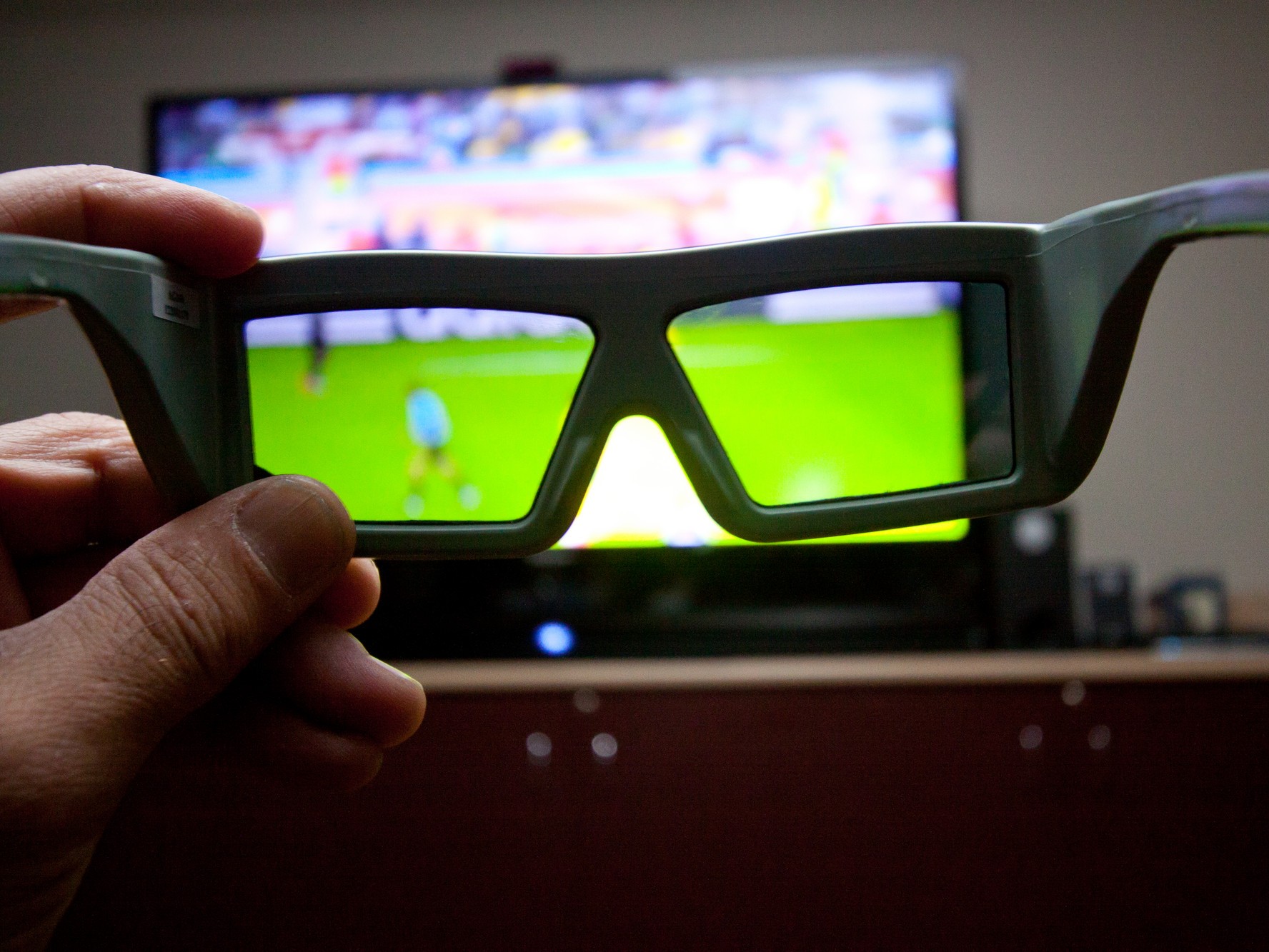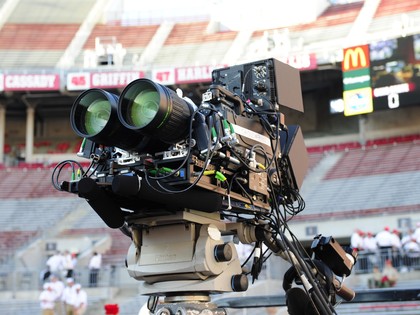Sport in 3D: what looks best on your 3D TV

The recent FA Cup Final may have been the first to be preceded by a Premier League title decider, but it was also the first time that the Wembley spectacle was broadcast live in 3D.
Viewing figures aren't available, but Sky has signed-up over 70,000 homes to take its 3D channel - and the broadcaster claims that 'around half' of consumers who buy a 3D TV get connected to Sky 3D. That's impressive, but can every sport be successfully filmed with a third dimension?
"A football game is one thing, and boxing is another," says Bryan Burns, vice president, business strategy and development at EPSN, which broadcasts major US sports events in 3D on the ESPN channel in the USA and Australia.
"For camera crews, filming in 3D is about unlearning what they learned for 15-20 years about how to produce 2D, but generally the lower and closer we get, the better the 3D effect.
"I would compare soccer with a college football game in terms of pitch size and spatial relationship," continues Burns. "In our case that can vary between each stadium facility we film in - so one Saturday's 3D broadcast can be better than the next."
Camera positioning
Darren Long, director of operations at Sky Sports, agrees. "There are always going to be sports that are better in 3D, but it comes down to where you can get cameras. In a 2D production of a Premier League match we average 23 cameras whose positions have been built-up over 20 years. With 3D we've put additional cameras into positions where they aren't normally cameras.
Sign up for breaking news, reviews, opinion, top tech deals, and more.
"It's all about trial and error, though we know midway and close-up positions on a football pitch work extremely well. It's the angles that show depth and positions, and the behind-the-goal stuff looks really good."

CLOSE-UP: Filming live sports in 3D is all about getting lower and closer to the action
Anyone who's watched a Tottenham home game on Sky 3D can't have failed to notice the unusually low position that Sky's cameras film from. "We had great difficulty finding the right camera positions at White Hart Lane - the traditional position was too far up for 3D - so we built a lower platform that could get a good position," says Long. "Some stadiums are never going to be easy. Anfield is tight; it's hard enough filming in 2D let alone in 3D."
Everton fans would retort 'so don't bother!' but all big clubs can be set in their ways as well as often being saddled with an ageing stadium.
"The lower league grounds are less difficult," says Long. "When they were promoted Blackpool had nothing in place so we could go in, advise them on infrastructure, and ask them to think about positions for our 3D cameras."
Other 3D sports
If footie is a challenge to produce in 3D, it's rugby that provides the real 3D thrills. "I love rugby in 3D," says Long. "It's got pauses, lineouts, off the ball action, it's compelling to watch and the grounds are a bit easier to get the extra cameras in."
Long selects darts as another sport that works well, perhaps surprisingly, with cricket being the most taxing because of the distance between camera and wicket.
Long also mentions boxing (one of his first 3D events was filming Ricky Hatton's homecoming in the City of Manchester stadium) and athletics, stating that he's convinced it "should always be done in 3D".
Which brings us on to the prickly matter of the 2012 Olympics, the broadcast rights to which are with terrestrial broadcasters. "We would love to see the Olympics in 3D," says Jon Cass, director of Sky's 3D channel, who has urged the industry to product glasses-free 3D TVs.

Jamie is a freelance tech, travel and space journalist based in the UK. He’s been writing regularly for Techradar since it was launched in 2008 and also writes regularly for Forbes, The Telegraph, the South China Morning Post, Sky & Telescope and the Sky At Night magazine as well as other Future titles T3, Digital Camera World, All About Space and Space.com. He also edits two of his own websites, TravGear.com and WhenIsTheNextEclipse.com that reflect his obsession with travel gear and solar eclipse travel. He is the author of A Stargazing Program For Beginners (Springer, 2015),